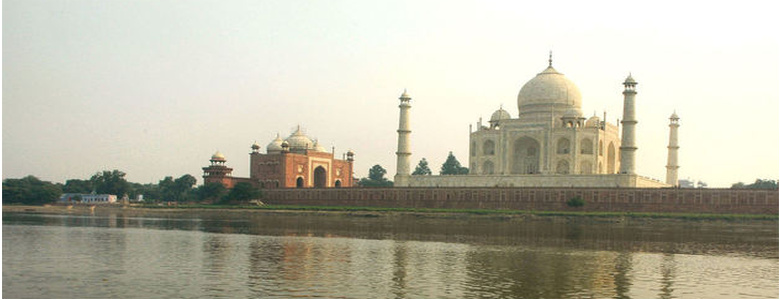
Ponente: Dr. Sabyasachi Sen
Procedencia: Materials Science & Engineering, University of California, Davis, CA, United States.
Abstract:
Windows, plastic, and caramel candy are well known to be hard and solid-like at room temperature but to soften on heating. However, the commonality of phenomena in the glassy state as applied to these and other seemingly different systems is rarely appreciated. The distinctive behavior of the glassy and liquid states in these and other systems, and of the glass transition relating them has ramifications for processes as diverse as semiconductor, glass, plastic and food manufacturing, volcanism, survival of bacteria and preservation of red blood cells in vitro. Nobel laureate Philip W. Anderson remarked in 1995: “The deepest and most interesting unsolved problem in solid state theory is probably the theory of the nature of glass and the glass transition.” On the other hand David Weitz, a physics professor at Harvard, joked, “There are more theories of the glass transition than there are theorists who propose them.” In this talk I will discuss the enigmatic nature of the process of transition of a liquid into glass, its various dynamic and thermodynamic aspects and the seminal theoretical models and key experiments that have attempted to explain its rich phenomenology










